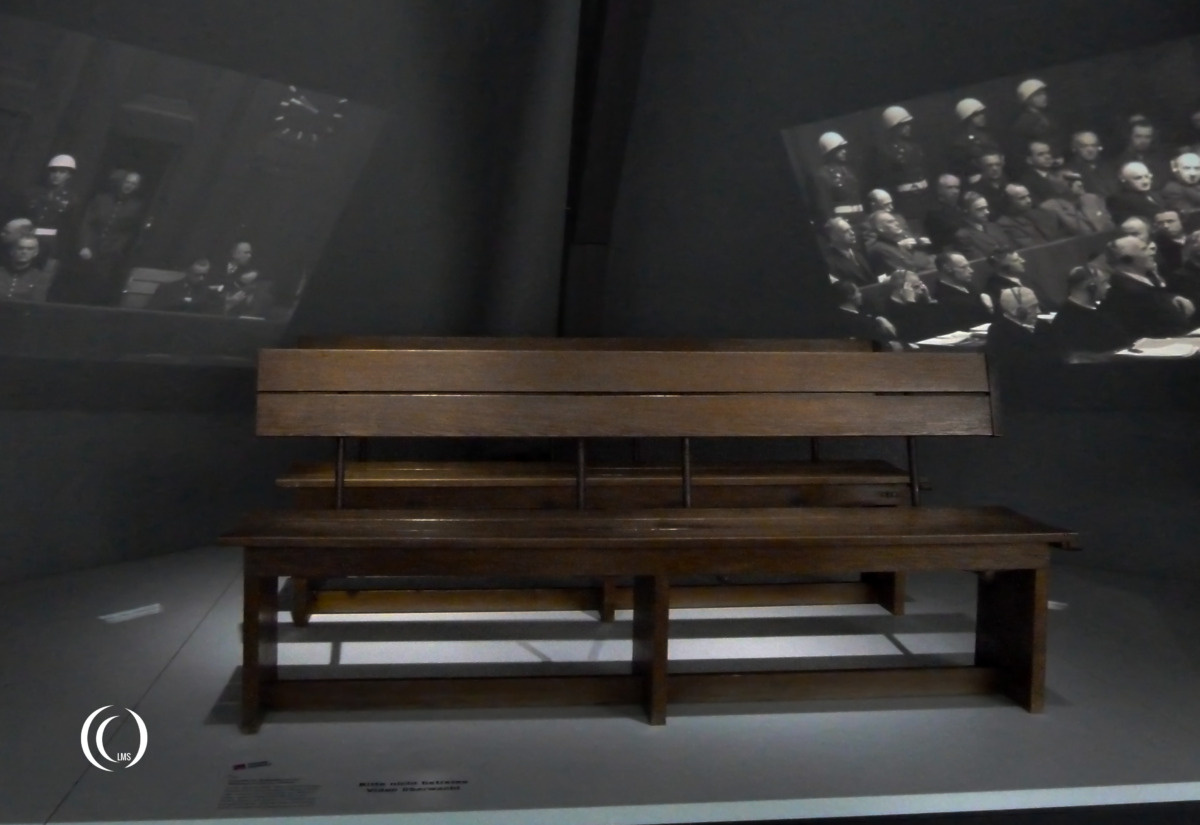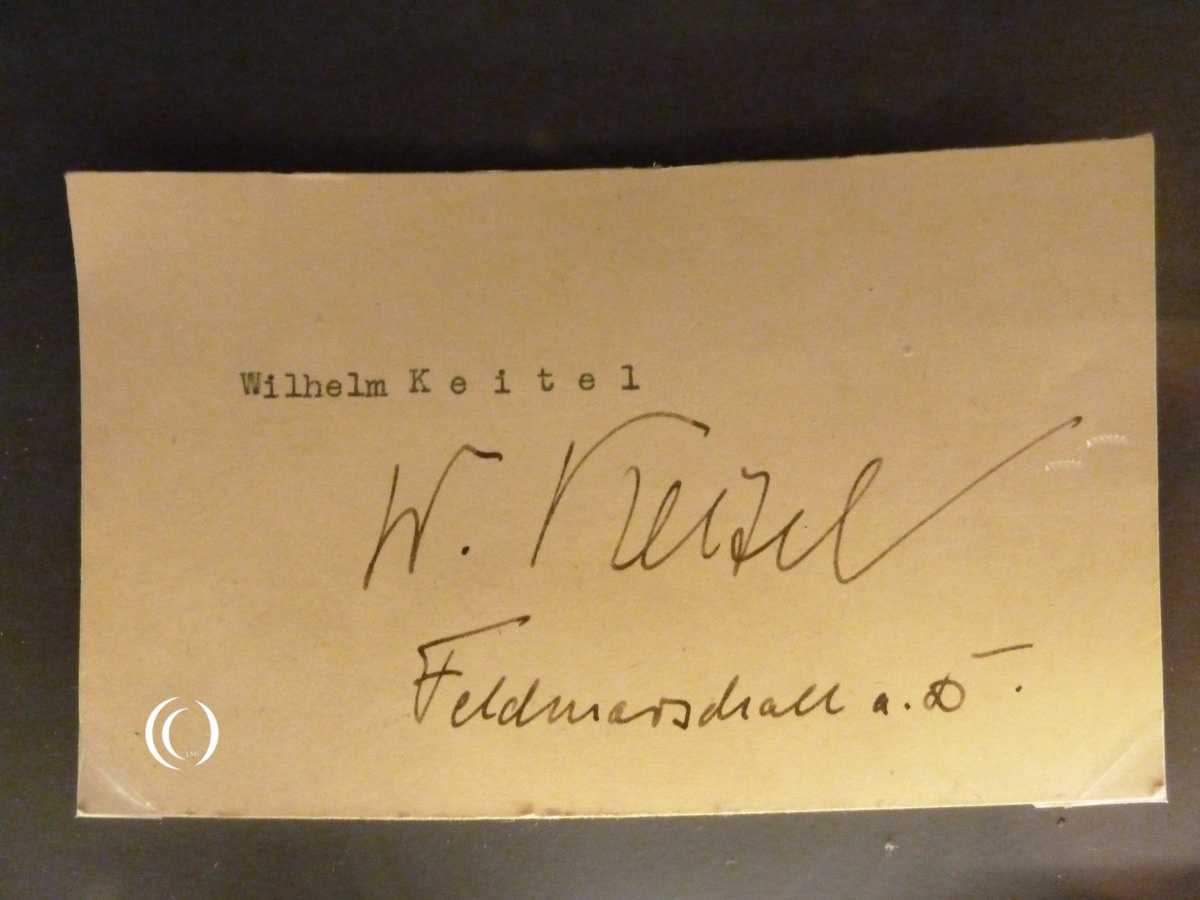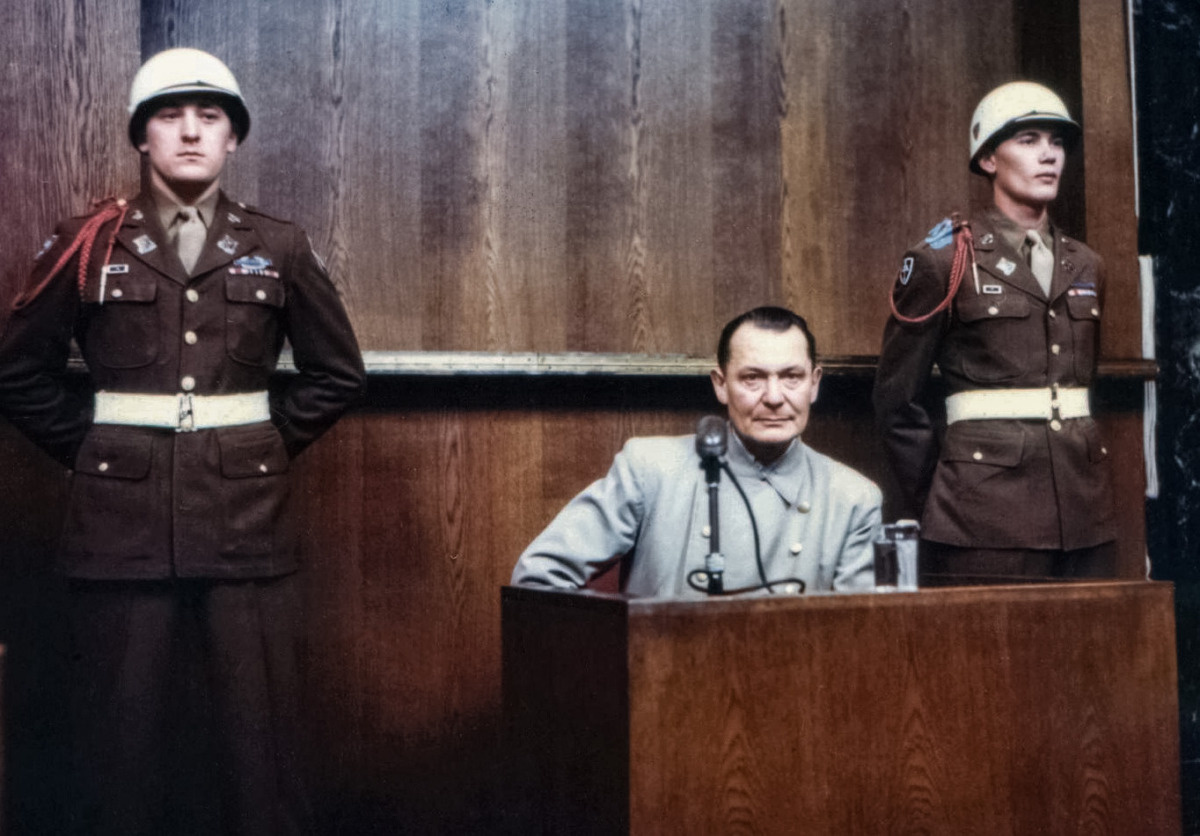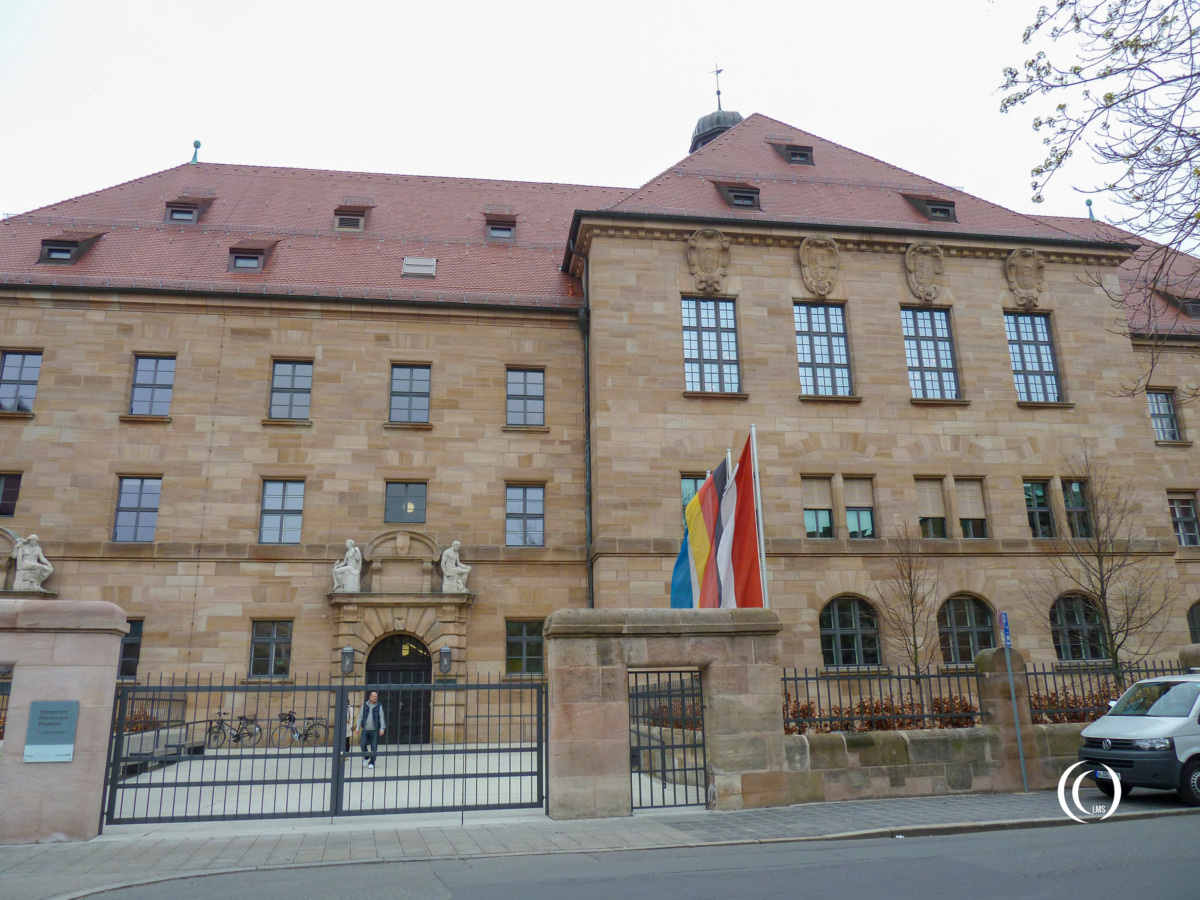
Courtroom 600 in Nuremberg is where the Allied Forces held a number of International Military Tribunals for the prosecution and conviction of political, military and organizational members of the Nazi Regime who participated in the Holocaust or war crimes. The Allied Forces in the form of the International Military Tribunal (IMT), had chosen Nuremberg because of its roots with the Nazi Party. The tribunal eventually tried about 200 war criminals here.



Prosecution of NSDAP prominents
The first and best known trial before the International Military Tribunal in this courtroom was that of the prosecution of the most prominent members of the Nazi Party (NSDAP).
It is hard to believe that on 20 November 1945 the eyes of the whole world rested on this cramped courtroom, as 24 of the most notorious Nazi members stood trial at the opening of the first official war crime tribunal of World War II.
The Judges and prosecutors of the IMT were provided by America, France, Soviet Union and England. The majority of the defense attorneys for the Nazi defendants were German Lawyers.

List of Defendants
The names of the 24 men that were called before the Tribunal are;
- Martin Bormann – Head of the Nazi Party Chancellery (Absent: missing)
- Karl Dönitz – Admiral of the Kriegsmarine
- Hans Frank – Lawyer and Politician (NSDAP)
- Wilhelm Frick – Reich Minister of the Interior
- Hans Fritzsche – Ministerialdirektor in the Ministry for Popular Enlightenment and Propaganda
- Walther Funk – Reichs Minister for Economic Affairs
- Hermann Göring – Commander in Chief of the Luftwaffe
- Albert Speer – Minister of Armaments and War Production
- Alfred Jodl – Chief of the Operations Staff of the Oberkommando der Wehrmacht (OKW)
- Rudolf Hess – Leading Member of the Nazi Party
- Wilhelm Keitel – Chief of the Oberkommando der Wehrmacht (OKW)
- Ernst Kaltenbrunner – SS-Obergruppenführer of Austria
- Baron Konstantin von Neurath – Foreign Minister of Germany
- Gustav Krupp von Bohlen und Halbach – Chairman of the board of Friedrich Krupp AG (Absent: unfit)
- Robert Ley – Reichsleiter and Head of the German Labour Front (Absent: suicide October 25th 1945)
- Franz von Papen – Vice Chancellor
- Erich Raeder – Supreme Commander of the Kriegsmarine
- Joachim von Ribbentrop – Minister of Foreign Affairs
- Alfred Rosenberg – Head of the Reich Ministry for the Occupied Eastern Territories
- Baldur von Schirach – Head of the Hitlerjugend
- Dr. Hjalmar Schacht – President of the Reichsbank
- Fritz Sauckel – Head of Labour Deployment (Arbeidseinsatz)
- Arthur Seyss-Inquart – SS-Obergruppenführer
- Julius Streicher – Gauleiter
Two of the defendants; Robert Ley and Gustav Krupp von Bohlen und Halbach did not stand trial on this process trials Nuremberg. Robert Ley managed to avoid his sentence by committing suicide on November 25th 1945 and Gustav Krupp von Bohlen und Halbach was physically paralyzed and found unfit for appearance. He died in 1950. His son Alfried Krupp was tried in the number 10 Krupp case before the tribunal in Nuremberg.

Martin Bormann
The notorious Martin Bormann did not stand trial here as well. During the time he was still missing ever since his reported escape out of Berlin in April 1945. He was sentenced to death in absentia for counts 3 and 4, respectively “War Crimes” and “Crimes Against Humanity”, which meant Death by Hanging.
The disappearance of Martin Bormann led to all kinds of speculation about his whereabouts. During the 1950’s and 60’s there were a lot of Martin Bormann “sightings” all over the globe.
The remains of Bormann were discovered on 7 December 1972 during construction work in Berlin near the main train station (the former Lehrter Bahnhof). In 1998 genetic tests to the skull of the remains proved it to be Bormanns. He had never made it out of the city during the Siege of Berlin.



Conviction and Sentences
On the 1st of October 1946, the court read out the individual sentences to the defendants. Most of the above defendants were sentenced to death with the exception of;
- Karl Dönitz; sentenced to 10 year imprisonment
- Walter Funck; sentenced to life imprisonment
- Rudolf Hess; sentenced to life imprisonment
- Baron Konstantin von Neurath; sentenced to 15 years imprisonment
- Albert Speer; sentenced to 20 years imprisonment.
Defendants that were acquitted after the first trial were;
- Hans Fritzsche
- Franz von Papen
- Dr. Hjalmar Schacht

The Twelve Trials of Courtroom 600
This trial is the most famous of the Nuremberg trials following WWII, but there are far more trials held in this courtroom, twelve in total. Hence the plural in the word “trials”.
- The doctors or medical case
- The Milch case
- The justice or judges case
- The Pohl / WVHA case
- The Flick case
- The I.G. Farben case
- The Hostage case
- The R.U.S.H.A. case
- The Einsatztruppen case
- The Krupp case
- The Ministries case
- The German High Command (OKW) case
In total 56 members of the SS, 42 industrialists, 39 doctors and Judges, 26 military leaders, 22 ministers and government employees were tried. From these 177 people only 35 were acquitted, 24 sentenced to death, 20 sentenced to life imprisonment and 98 received sentences varying from 18 months to 25 years imprisonment.
In 1951 they brought back the number of death sentences to 12, and one prisoner was brought to Belgium where he died in prison.
Visit Courtroom 600 in Nuremberg

The courtroom is much smaller than you would expect. In those days, the top of the back wall was even opened to house a small spectators tribune for journalists.
In the original documentaries and pictures taken during the trials, you see so many people in this room, you can hardly imagine they would ever fit in here if you see the size of it.


Visit
We advise you to inform if the courtroom is occupied or free before you visit. The courtroom is still in use today so save yourself some disappointment and check the website in advance.
Besides the Courtroom there is a little documentation centre with information on the trials upstairs. The documentation centre holds some genuine artefacts from the trials.
The visit will keep you busy for an hour or two. It is a good combination with the other objects in Nuremberg such as; the Zeppelin field or the former Nazi Party Rally grounds, the Grosse Strasse (the big street) and the Congreshalle or Documentation Center or some other monuments from this era.